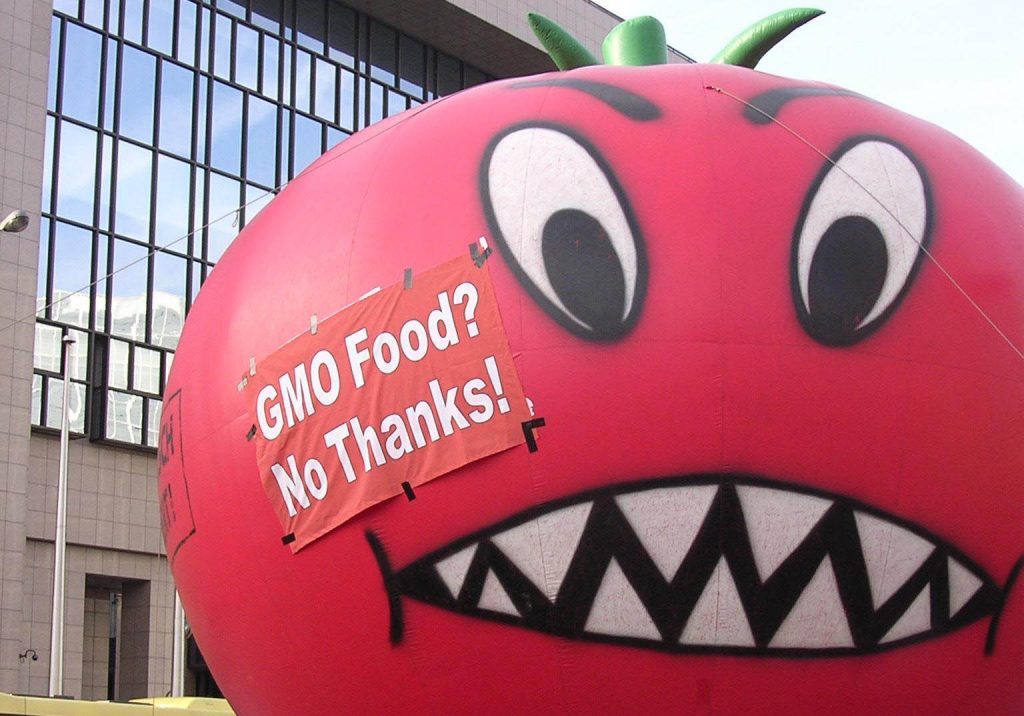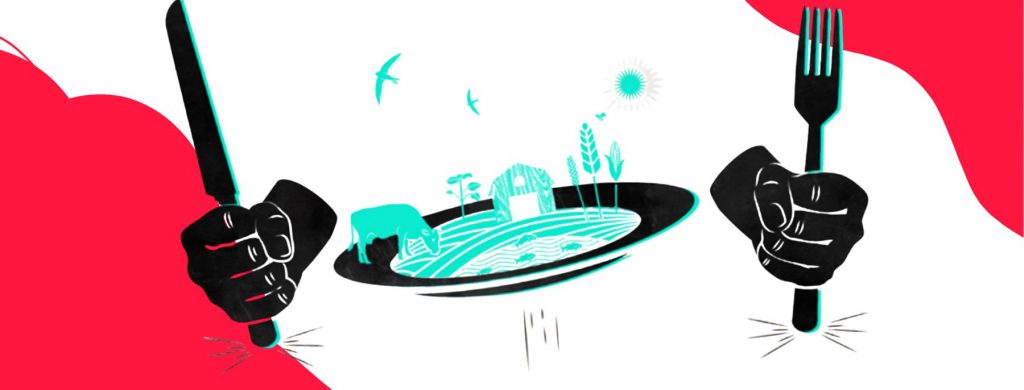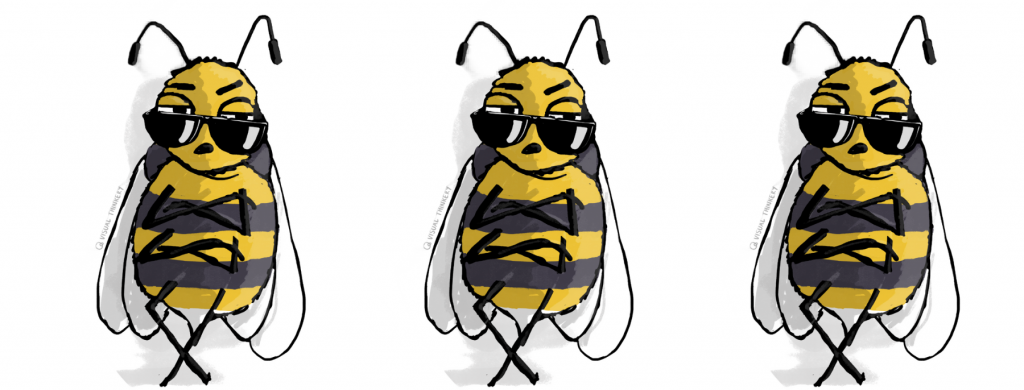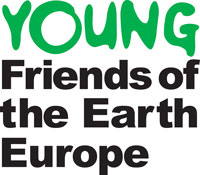Brussels, 2 March – Today, the European Commission was defeated in its latest attempt to force two countries to drop bans on controversial genetically modified maize [1]. It was the second and third time that Hungary and Austria respectively had come under attack by the European Commission for refusing to grow GM maize. Friends of the Earth has welcomed the vote.
Helen Holder, European GMO campaign coordinator at Friends of the Earth Europe said: “The European Commission has once again failed to force countries to lift their national GMO bans. Today’s vote is a clear message that European countries will not be bullied into taking unsound decisions regarding their environment, their farming and their citizens’ health.
“The Commission must now abandon its unpopular proposals once and for all and get down to the real work of improving GMO risk assessments in the EU, as Ministers have requested.”
Under EU GMO laws, countries are allowed to ban individual GM crops for environmental and health reasons [2]. There are a number of reasons why these bans should not be lifted:
*The effects of Monsanto’s genetically modified maize MON 810, which is engineered to produce a toxin to kill insects, are uncertain and controversial [3]
* European Environment Ministers [4] concluded last December that GMO risk assessment in the EU is not fulfilling legal requirements, that long term impacts are not been assessed, and that crops such as those being voted on today should also be assessed under EU pesticide laws because of the toxin they release. The European Commission’s proposal to lift the bans completely disregarded this recent agreement.
* MON810 is currently being re-assessed at EU level as required under EU law. No national bans should be lifted under a full, independent and good quality review [5]
Pressure has been building in the EU for GM crops to be grown. Biotech companies launched legal action in order to get more GM crops put to the vote in the EU for cultivation [6], whilst the pro-GMO commission president, José Manuel Barroso set up a high level group on GMOs last summer to push member states to vote in favour of GM crops [7].
***
NOTES
[1] The GM crops banned in the two countries are Monsanto’s genetically modified maize MON810. Austria has also banned Bayer Crops Science maize T25. It is the third time that the Commission has tried to force Austria to drop its bans, and the second time for HungaryIn practice, only Monsanto’s GM maize MON810 is authorised for cultivation in the EU. The other maize, T25 that Austria has also banned is no longer authorised for cultivation. Bayer CropScience have a new request for cultivation in the EU pipeline which is why the ban is still “on the table” [2] Called the “Safeguard Clause” under Directive 2001/18 [3] Peer reviewed research has demonstrated negative effects on non-target organisms, on soil health and on aquatic ecosystems in rivers. ‘Bt crops’ also cause insect resistance to the toxin they produce thus potentially posing problems for farmers.
References:
Baumgarte, S. & Tebbe, C.C. 2005. Field studies on the environmental fate of the Cry1Ab /Bt/-toxin produced by transgenic maize (MON810) and its effect on bacterial communities in the maize rhizosphere. /Molecular Ecology/ 14: 2539–2551.
Stotzky, G. 2004. Persistence and biological activity in soil of the insecticidal proteins from /Bacillus thuringiensis/, especially from transgenic plants. /Plant and Soil/ 266: 77-89.
Zwahlen, C. Hilbeck, A. Gugerli, P. & Nentwig, W. 2003. Degradation of the Cry1Ab protein within transgenic /Bacillus thuringiensis /corn tissue in the field. /Molecular Ecology/ 12: 765-775.Called the “Safeguard Clause” under Directive 2001/18
Rosi-Marshall, E.J., Tank, J.L., Royer, T.V., Whiles, M.R., Evans-White, M., Chambers, C., Griffiths, N.A., Pokelsek, J. & Stephen, M.L. 2007. Toxins in transgenic crop byproducts may affect headwater stream ecosystems. /Proceedings// National Academy of Sciences of the USA/ 41: 16204–16208.
Bøhn, T., Primicerio, R., Hessen, D.O. & Traavik, T. 2008. Reduced fitness of /Daphnia magna/ fed a Bt-transgenic maize variety. /Archives of Environmental Contamination and Toxicology/ DOI 10.1007/s00244-008-9150-5.
Prasifka, P.L., Hellmich, R.L., Prasifka, J.R. & Lewis, L.C. 2007. Effects of Cry1Ab-expressing corn anthers on the movement of monarch butterfly larvae. /Environmental Entomology/ 36:228-233.
Andow, D.A. and A. Hilbeck. 2004. Science-based risk assessment for non-target effects of transgenic crops. /Bioscience/ 54: 637-649. Obrist, L.B., Dutton, A., Romeis, J. & Bigler, F. 2006. Biological activity of Cry1Ab toxin expressed by Bt maize following ingestion by herbivorous arthropods and exposure of the predator /Chrysoperla carnea./ /BioControl/ 51: 31-48.
Environment Council meeting, Brussels, 4 December 2008
http://www.consilium.europa.eu/ueDocs/cms_Data/docs/pressData/en/envir/104509.pdf [5] Under EU GMO laws, after a GMO has been on the market for 10 years, a re-approval must be carried out in order to re-assess environmental and health impacts. [6] Legal action has been brought against the Commission by Pioneer which produced genetically modified maize 1507 that it wants to be grown in the EU, and by BASF that produces a GM potato that it also wants to get grown in the EU [7] Related documents above right.







